How Dogs Think and Learn – Why Canine Cognitive Behavioral Therapy is Effective
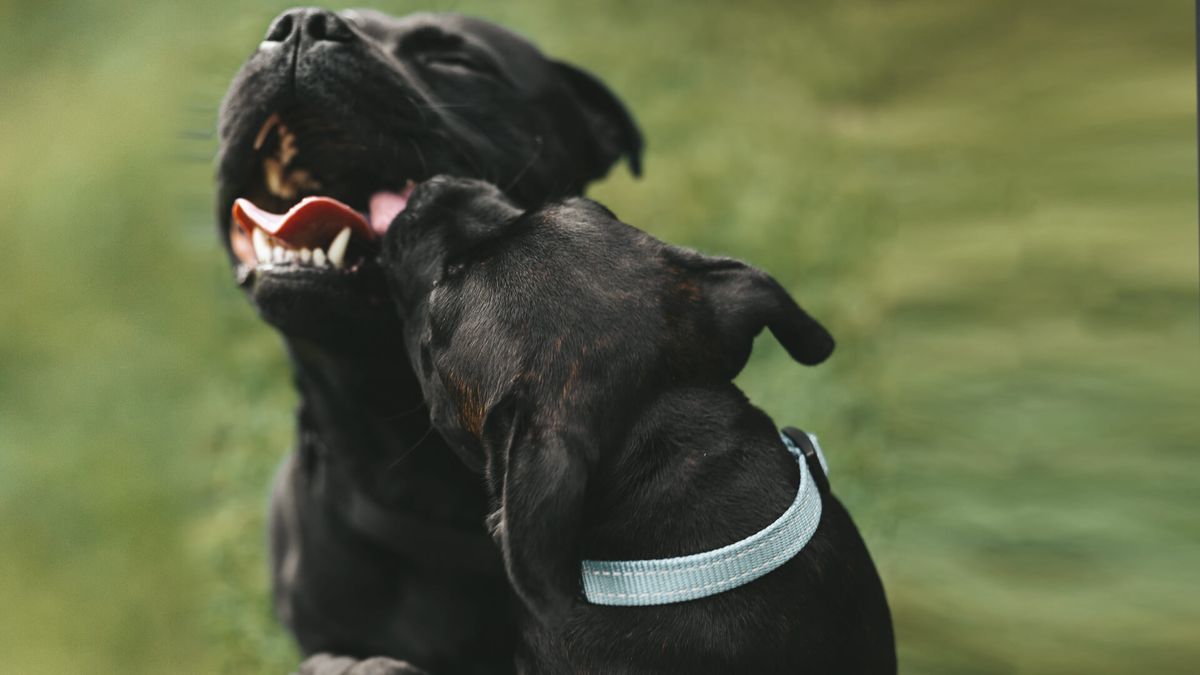
Written by Billie Groom 4 min read
Click to Scroll To The Conclusion...
How Puppies Differ From Adult Dogs
Puppies think and learn differently to that of dogs over six months of age. As pups mature into the adolescent stage their cognitive skills develop (think a child turning from three to four years old).
They begin to think and process differently.
An adolescent dog who excelled at puppy training may suddenly refuse to follow house rules or decide “coming when called is stupid”. Often these changes in behaviors are viewed as defiant or a regression in behavior.
In fact, the learning capacity for dogs increases as they mature. Their cognitive skills develop, allowing them to make decisions and decipher the world around them differently, resulting in change in behaviors.
.jpg)
Nurture's Impact
Alternatively, dogs who were not granted a conventional puppyhood, and therefore, not exposed to positive puppy training methods, learn at a young age how to stay safe, alive, and as healthy as possible in the environment around them. They learn, through trial and error, observation, and following the lead of wiser dogs, how to navigate their environment.
In both cases, dogs over the age of six months have preconceived thought patterns based on what they learned during puppyhood, among other factors, such as genetics and personality.
Their behaviors are determined by their thought patterns and their perceptions. To effectively integrate rescued dogs into our homes, and/or address change in behaviors, we need to understand their learned behaviors, and harness the cognitive skills determining these behaviors.
.jpg)
Our Responsibility To Adapt
As with humans, our approach to teaching, communicating, and addressing behaviors should adapt to the individual dog.
Our goals should not be predetermined, and training should not be viewed as a “tick the boxes” process. For example, dogs are leash reactive for different reasons. As we apply the platform exercises, allowing dogs to monitor, the reactivity decreases. We can then let the dog decide if they are interested in meeting dogs, or simply happy the dogs are not approaching them. The goal is not for the dog to “like” all dogs, but to learn they do not need to react to achieve their goal. There is no need for avoidance or distractions – in fact, these approaches do not allow for options and often heighten reactivity.
.jpg)
Adapting To Stages
Different methods and teaching styles are often effective at different stages in a dog’s life.
It often depends on how they learn, what they have already learned, and the principles governing the methods. Dogs over six months of age can learn new skills and change behavior; however, their interest in doing so largely depends on the approach we take.
.jpg)
Puppies
Conventional puppy training techniques are designed to encourage wanted behaviors and discourage unwanted behaviors through reactive reinforcements. Reinforcements teach “right from wrong”, allowing us to teach manners, ensure proper socialization, and successfully house train.
Reinforcements during puppyhood also stimulate positive thought patterns which decrease the chances of anxiety or aggressive behaviors as they mature.
This type of learning is called Conditioning.
Conditioning Methods are designed to “teach”. They are most effective with puppies because their thought patterns are still developing. Cognitive abilities during the development stages commonly lead to wanted behaviors when reinforcements are applied appropriately (think “house training” and “socialization”). Puppies, and some dogs over the age of six months, like learning through reinforcements, making Conditioning methods effective.
.jpg)
Maturing Dogs
As dogs mature, their cognitive functions develop, leading to a greater capacity to think, process, and learn. Behaviors common in, for example, adolescent dogs who learned “right from wrong” during puppyhood via conditioning methods, dogs with unconventional upbringings who have self-learned behaviors, or dogs with anxiety, have learned certain behaviors to achieve their goal. Continuing to rely on methods designed to teach “right from wrong” through reinforcements, association and desensitization can be limiting, ineffective and even counterproductive.
In their mind, they have learned how to achieve their goal and have no reason to change their behavior.
To learn more about how puppies and dogs think and learn, read Puppy Brain vs Dog Brain — Upward Dogology
When behaviors are driven from experiences, (whether via conventional training or otherwise), it is often necessary to apply a methodology which harnesses the emotional intelligence determining these behaviors.
To change learned behavior, (as opposed to “conditioning” behaviors), we need a methodology whose platform is designed to change perception to change behavior.
.jpg)
Canine Cognitive Behavioral Therapy
Canine Cognitive Behavioral Therapy (CBT) is designed to change perception first. By providing dogs with skills that harness their cognitive thought patterns and driving behaviors, we change their perception of us, and of the perceived need to do a behavior to achieve their goal.
Canine CBT establishes platform skills that show dogs we recognize what is important to them, respect their individual personalities, and harness their emotional intelligence. In other words, Canine CBT is a “two-way relationship” – when we learn from them, they learn from us.
Whether we are simply enjoying canine enrichment games, participating in sports, teaching scent detection, training guide dogs, or integrating rescued dogs into our families, we are harnessing their cognitive abilities. It makes sense, then, to harness these same abilities when addressing behaviors associated with anxiety, aggression, and ones common in the adolescent stage, and with adopted dogs.
Dogs love learning, and, as with people, dogs do not all learn the same way. It is important to be flexible, learn what they know, and adapt our approach to suit each dog at different stages in their lives.
Frequently Asked Questions
Click Each Question To Learn More
Where can I learn more about training dogs over 6 months of age?
Upward Dogology
Where can I learn more about how puppies and dogs think and learn?
Read Puppy Brain vs Dog Brain — Upward Dogology
Summary
.jpg)
Puppies think and learn differently to that of dogs over six months of age. As pups mature into the adolescent stage their cognitive skills develop (think a child turning from three to four years old).
They begin to think and process differently.
Learn how to change your training as your dog matures to line up with their unique motivations, understanding, and thought processes.
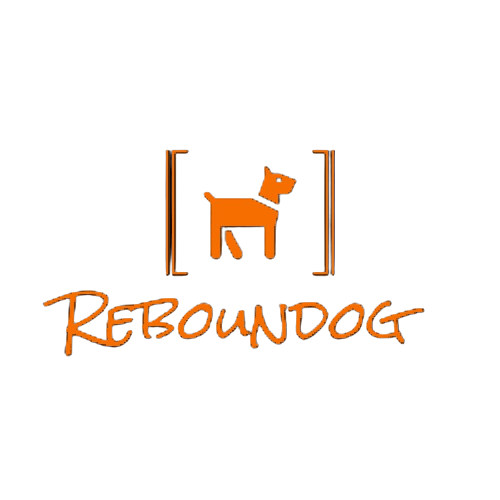
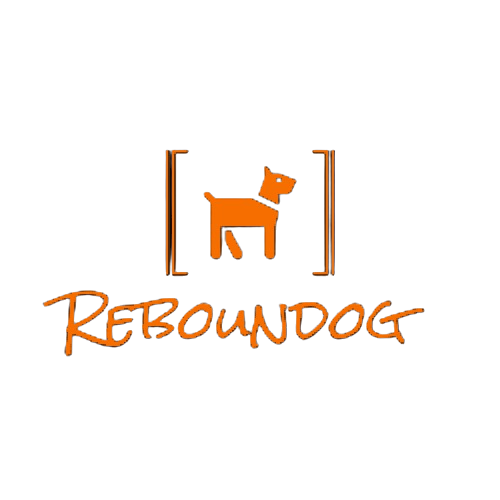

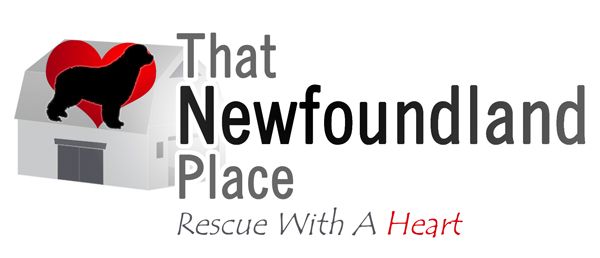
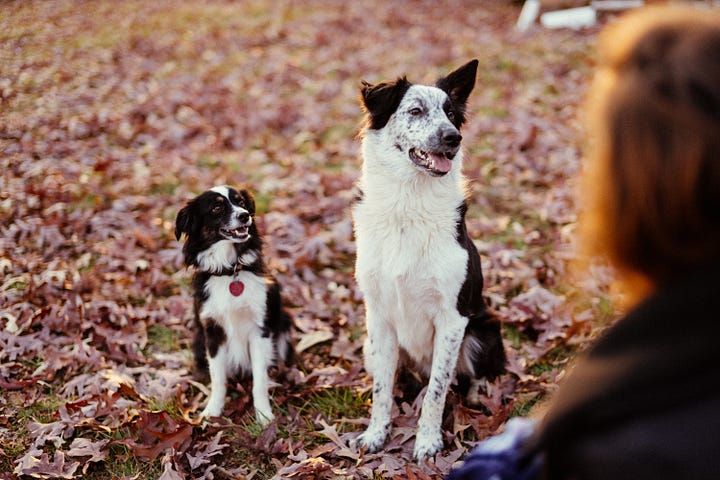
Comments ()